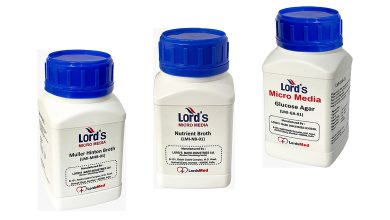Integrated Approaches in Blood Supply Management

Adoption of RFID tracking systems in blood transfusion helps to reduce human efforts an errors to maintain and control healthcare inventory, documentation and patient management. An insight by Deepak Singh, MD, Biolog-id
The blood transfusion service’s major goal is to provide the safest possible blood with minimal errors. If we specifically talk about blood supply management, it is a critical function in the operations of blood transfusion services. Generally, blood supply management is a challenging process, there are a lot of factors involved such as supply availability, demand fluctuation, short blood lifetime, stringent temperature control during transportation, the integrity of the product for patient safety, and the cost incurred during the process. An increase in voluntary donations and retainment of future generations of blood donors will also be needed to cater to future demand for the blood. The other challenge is efficient management of blood inventory as many
blood banks still manage inventory manually which can lead to wastage of precious blood components and errors.
Blood banks are looking forward to new technologies which improve patient safety, increase efficiency and automate their processes. Integrated approaches in blood supply management between transfusion services and hospitals will be important to minimise wastage—e.g., by use of a real-time inventory management solution. Radio Frequency Identification (RFID) devices have emerged as a digitalised solution and have shown promise in patient safety, improving, simplifying the steps of transfusion, and gaining momentum across the world. RFID
in inventory management of bloodcomponents is the most useful and latest technology which should be implemented for traceability / real-time blood inventory management in blood banks. In addition, RFID also helps in tracking blood products during transportation and patient administration at the bedside.
RFID solution in blood supply management is used for tracking and inventory management in real-time of
blood and its components in hospitals, blood banks and storage centres. The RFID blood monitoring systems
market has made a significant impact on the global healthcare industry, the prime reason being the increased
adoption of RFID tracking systems in reducing human efforts and errors in maintenance and control of healthcare inventory, documentation, and patient management.
RFID-enabled smart storage (SST) kits can be installed in the blood bank refrigerator / cold room, platelets
agitators along with required workstation and software which gets interfaced with existing HIS or blood bank management software. Blood components are tagged using RFID labels and relevant data is encoded, the encoded data is encrypted ensuring confidentiality of donor and patient. Interfacing between blood bank management software and RFID software can be done for easy transfer of component data. After encoding components can be stored in RFID enabled smart storage kits installed in blood bank refrigerators /cold rooms,
this enables real-time visualisation (24×7) and traceability of blood components during their life cycle.
As blood transfusion services are one of the most regulated segments in the healthcare industry which requires compliance criteria to be met at every stage of blood product management. RFID has the potential of improving patient safety and providing seamless healthcare service to the ever-increasing patient pool through efficient
blood inventory management, increased staff efficiency and overall operational automation by digitalisation.
Implementation of RFID technology in blood inventory management will allow 24-hour real-time management
of the blood components local and remote, tracking from dispatch to reception during transportation of
blood components. It will also allow identification of blood components and patients at the bedside ensuring safe transfusion. RFID Technology has the potential for the traceability of blood components from donor to recipient.




